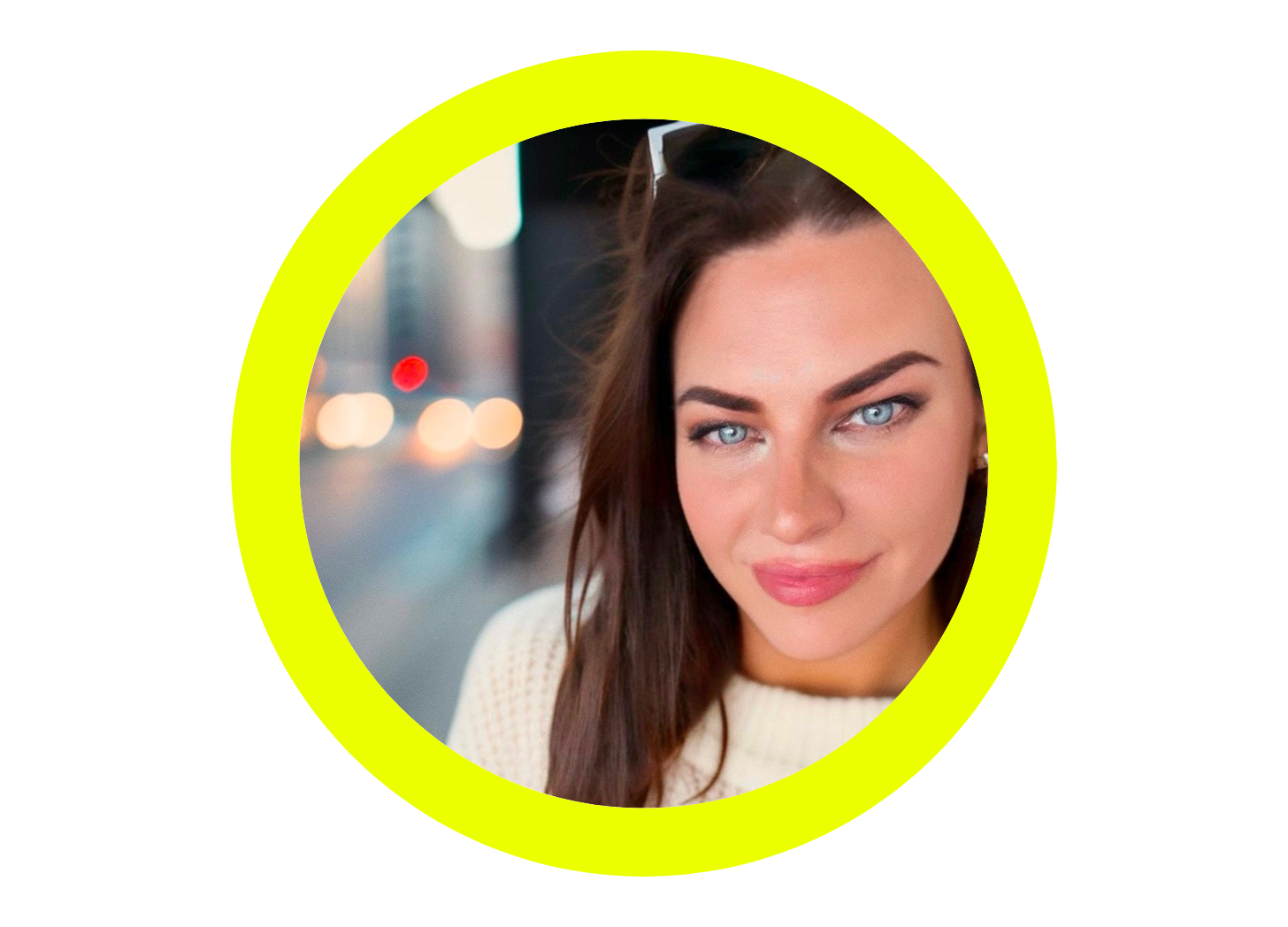You could argue your characters shouldn’t speak at all unless they’re exposing tension. I’d probably agree with you. But I’d also argue dialogue can pull double duty—it can sneak in characterization, setting, theme, exposition, all without breaking stride. Because let’s not forget: dialogue is action.
Q: So…can it be both? Can’t you create tension and world-build or reveal character or deepen the theme—all in one breath?
A: Yes. Yes you can. And when you do, you get beautiful and layered scenes.
Why Tension Works
Dialogue without tension is a weak heartbeat. Tension is what gives dialogue its quick-pulse—the undercurrent that keeps a reader leaning in, even when no one is shouting, or throwing things. Tension can be overt, subtle, even contradictory—and it doesn’t always come from conflict! Sometimes the most electric scenes light up a page with what’s not being said.
So how do you build that charge?
Below are 20 types of tension you can weave into your dialogue to keep it tight, dynamic, and layered. The key is that something is always at stake—emotionally, psychologically, narratively.
20 Types of Tension in Dialogue
Suspicion – One character doubts the other’s motives or truthfulness.
Attraction/Flirting – There’s a current of chemistry, welcomed or resisted.
Conflict of Interest – They want different things, and only one can be realized.
Omission – One character is holding something back. The silence speaks.
Distraction – One character is avoiding the real subject or issue.
Hatred/Loathing – Barely veiled contempt adds bite to even polite conversation.
Jealousy – Romantic or otherwise, from a position of power, or submissive.
Power Struggle – Who gets the last word? Who’s really in control here?
Miscommunication – Thinking they’re talking about the same thing—they’re not. Or poor communication skills works well here too.
Hidden Agenda – One character’s words are a mask, a misdirection.
Emotional Restraint – Holding back tears, rage, or confession.
Cultural Clash – Subtle or stark, values collide and can be completely innocent.
Threat (Veiled or Overt) – Can be mutual, or one-sided. How the threatened character receives the threat is characterization.
Urgency – Time is running out. Stakes are rising. Especially if one character is unbothered, or aloof to the risk.
Shared History – Old wounds resurface in new words.
Unbalanced Knowledge – One character knows something the other doesn’t, or the reader knows something the characters don’t.
Manipulation – Words used to twist, tempt, or control.
Fear – Of consequences, of rejection, of the truth.
Double Meaning or Irony – Dialogue that reads one way but means another, or ends in an unexpected way.
Ideological Clash – They see the world differently.
Tension in Action
Attraction / Flirting
Cameron: “You always look like that when you lie?”
Ari: “Like what?”
Cameron: “Like you want me to catch you.”Conflict of Interest
Ari: “We agreed—no press until after the deal.”
Cameron: “I didn’t agree. I just didn’t stop you.”Omission
Cameron: “Anything happen while I was gone?”
Ari: “Nothing worth mentioning.”
(Ari’s knuckles are bruised.)Distraction
Ari: “Why won’t you answer the question?”
Cameron: “Did you change your hair?”
Ari: “Cameron.”Hatred / Loathing
Cameron: “You’ve gotten better at lying.”
Ari: “And you’ve gotten worse at hiding your disgust.”Jealousy
Ari: “You two looked cozy last night.”
Cameron: “We were just talking.”
Ari: “With your hand on her knee?”Power Struggle
Cameron: “I’ll decide when we leave.”
Ari: “You think you will.”Miscommunication
Ari: “I’m not ready.”
Cameron: “To forgive me?”
Ari: “To lose you.”Hidden Agenda
Cameron: “Let’s take a drive. Somewhere quiet.”
Ari: “That’s not ominous at all.”Emotional Restraint
Ari: “Just say it.”
Cameron: “It wouldn’t help.”
Ari: “Maybe not. Say it anyway.”Cultural Clash
Cameron: “We don’t air family business in public.”
Ari: “We confront it, or it poisons the house.”Threat (Veiled or Overt)
Ari: “You tell anyone about this—”
Cameron: “Relax. I’m not suicidal.”Urgency
Cameron: “We don’t have time to argue.”
Ari: “Then shut up.”Shared History
Ari: “You always do this.”
Cameron: “That was ten years ago.”
Ari: “Still hurts like yesterday.”Unbalanced Knowledge
Cameron: “You really don’t know, do you?”
Ari: “Know what?”
Cameron: smiles “Forget it.”Manipulation
Ari: “You owe me.”
Cameron: “Oh, now that’s love.”Fear
Cameron: “If we walk in there, we don’t come out the same.”
Ari: “I’m still going.”Irony
Ari: “You really trust him?”
Cameron: “I trust he’ll do what he always does.”
Ari: “Which is?”
Cameron: “Exactly what I need—ruin everything.”Ideological Clash
Cameron: “Some things are just right or wrong.”
Ari: “Who made you God?”
Tension + (4 Quick Examples)
Also here’s a quick look at dialogue building tension and doing something else.
1. Tension + Characterization
Cameron: “You always talk like you’re two steps ahead.”
Ari: “Only when I’m three.”
We learn Ari’s personality.
2. Tension + Setting
Ari: “You really want to do this here? With a camera on every streetlamp?”
Cameron: “That’s why I’m whispering.”
Suddenly we know this world is under surveillance. Without exposition.
3. Tension + Theme
Cameron: “You think survival makes you moral?”
Ari: “No. It just keeps me breathing.”
Now we’re circling the book’s core question.
4. Tension + Exposition
Ari: “She’s not my sister. Not anymore. Not since the fire.”
Cameron: “Then why do you still wear her necklace?”
Backstory revealed, stakes added.
The next time a scene feels flat, ask what’s at stake beneath the surface of the dialogue. Which types of tension do you find yourself writing most? Which do you avoid? Drop it in the comments. Do it now. Or else.




Very interesting - I've never studied the adult writing craft (as opposed the children's books)